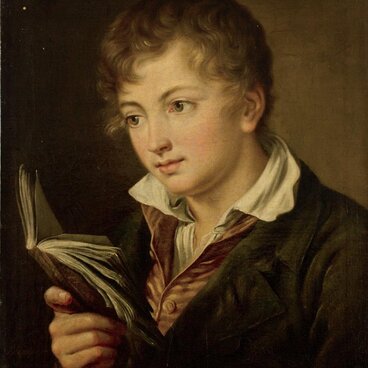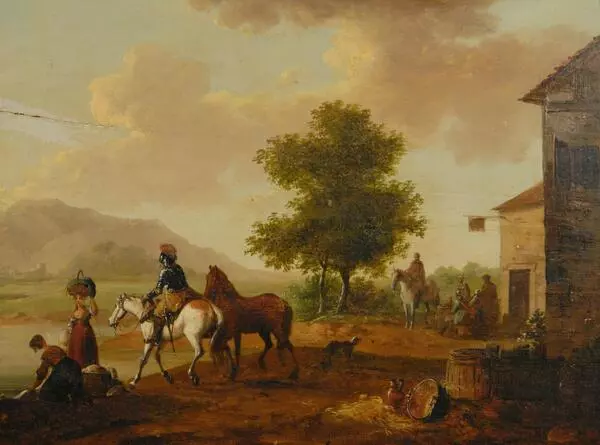“After the Battle” from the collection of the Sevastopol Art Museum was painted by the Italian artist Francesco Casanova, who was the younger brother of the famous adventurer and writer of the 18th century, Giacomo Casanova. Giacomo is best known for his memoirs published in the book “The History of My Life”.
Francesco was the second son of the Venetian actor Gaetano Giuseppe Casanova and his wife, Zanetta Farussi. The couple had six children, Francesco being the second born. Almost all their children showed talent in various forms of art. Another brother of Francesco, Giovanni Battista, was also an artist.
Francesco Giuseppe Casanova (1727–1803) was a renowned artist of the Venetian school. He studied with the famous Italian painter Francesco Guardi and in Paris with Charles Parrocel, another renowned battle painter. Casanova created battle scenes, landscapes with horsemen, as well as hunting and daily life scenes. He exhibited his works at the Paris Salon and was a member of the Paris Academy of Arts.
It is hardly surprising that members of this talented family continue to attract attention not only for their own achievements but also for their connections with notable figures from that era. The elder brother of Francesco, Giacomo Casanova, was surrounded by historical figures such as Marquise de Pompadour, Count Saint-Germain, Jean-Jacques Rousseau, Voltaire, and Frederick the Great. Other notable names include Catherine the Great and Count Alexei Orlov.
The painting “After the Battle” reflects the reality of war and its ugliness: on the battlefield, a soldier is removing the boots from a fallen horseman. The artist participated in salons in the 1770s and 1780s. Denis Diderot, the creator of a new genre of literature — art criticism, which vividly described contemporary art of the 18th century — praised his works highly. In his letters to Russian Empress Catherine the Great, Denis Diderot recommended her to buy paintings by various artists, including Francesco Casanova.
Casanova’s painting “After the Battle” has an interesting history: it used to be kept in the Hermitage Museum, in the collection of the Romanovs, was transferred to the Livadia Palace by order of Emperor Nicholas II, and after the October Revolution of 1917 it was brought to Sevastopol.



